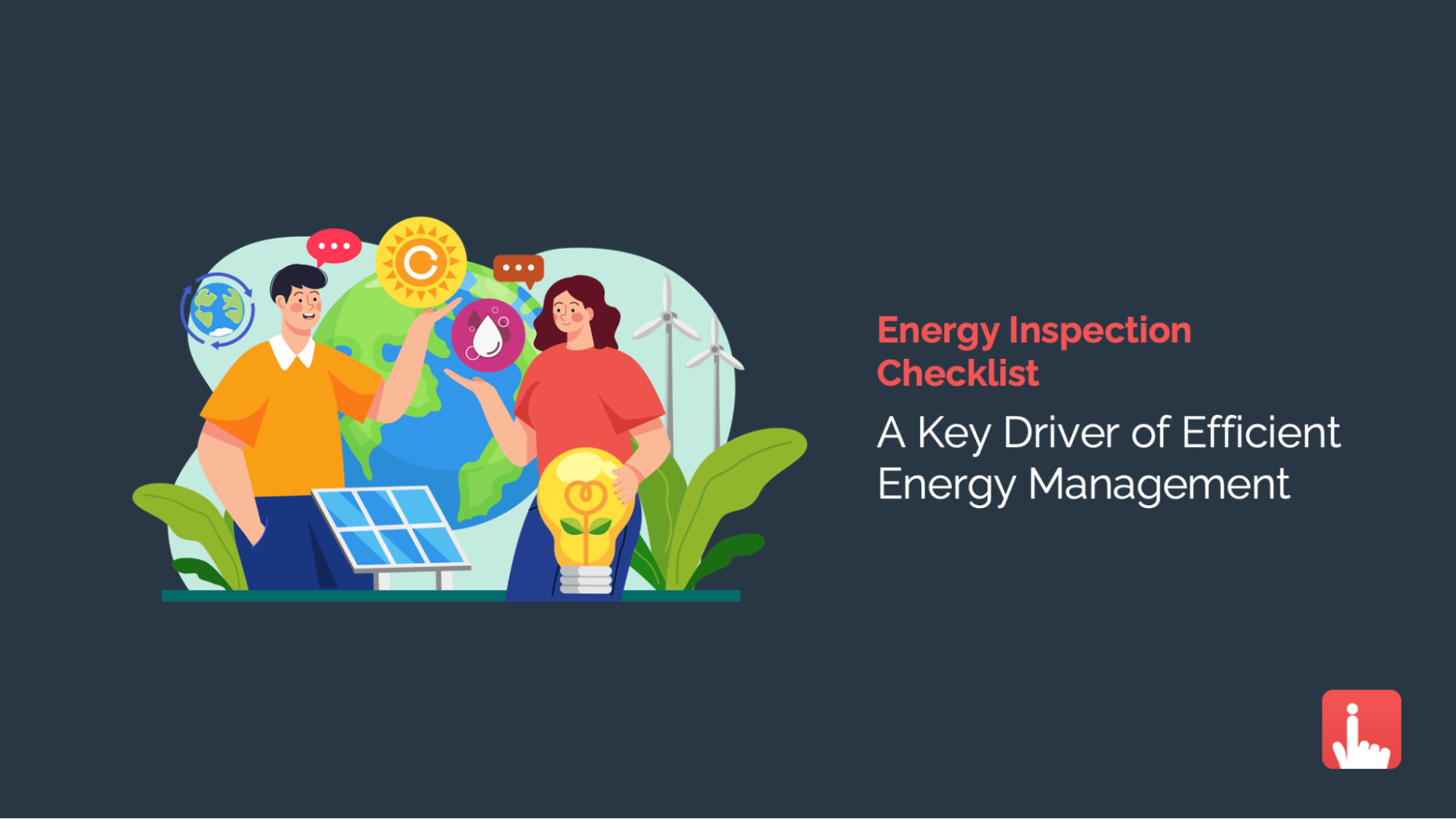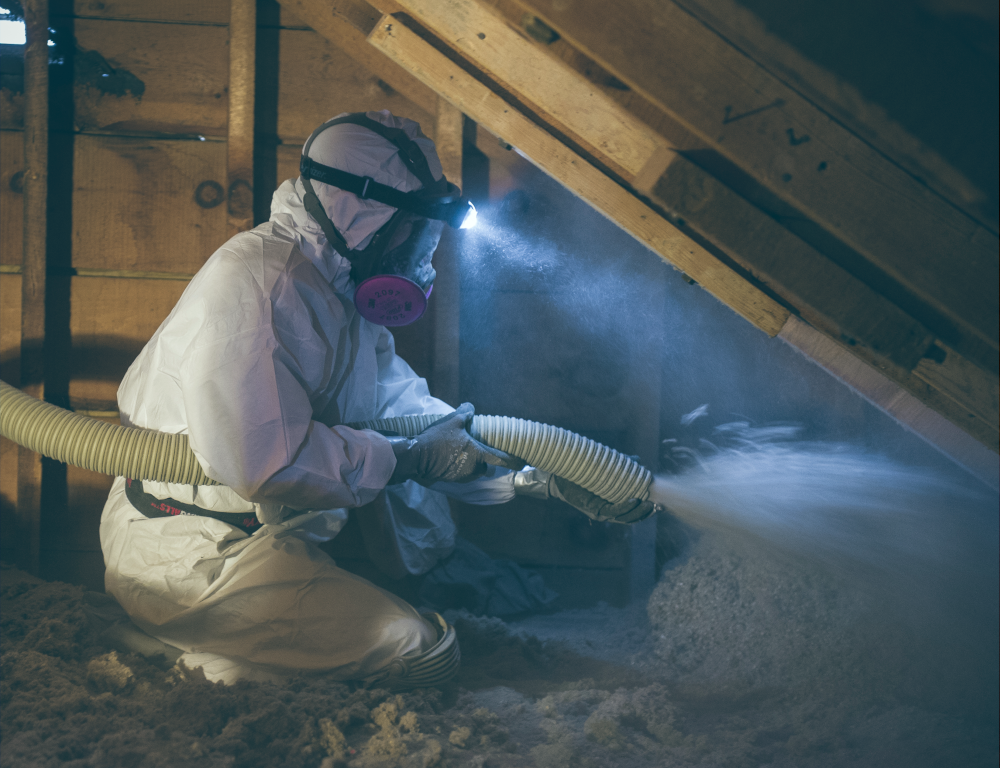Start smart with energy testing
Start smart with energy testing
Blog Article
Exactly How Power Testing Can Lead to Extra Lasting Living Solutions
Energy screening is a necessary device for promoting sustainable living. It discovers ineffectiveness in energy use within homes. Techniques such as energy audits and thermal imaging provide beneficial understandings. Homeowners can identify locations requiring renovation, from insulation to appliances. Resolving these inadequacies can bring about significant power cost savings. Yet, lots of continue to be not aware of the full potential of these practices. What steps can people take to boost their homes and add to a much more lasting future?
Recognizing Power Testing and Its Value

Usual Approaches of Energy Screening
There are a number of usual techniques of energy screening that homeowners can use to examine their energy performance (air tight solutions). One widely made use of technique is the blower door examination, which determines the air leak in a home. By pressurizing the building, it determines breezy locations that may need sealing. Another technique is thermal imaging, where infrared cameras spot temperature level variations in ceilings, walls, and home windows, highlighting insulation issues.Energy audits are additionally popular, involving a comprehensive assessment of a home's energy use, often carried out by an expert. These audits might consist of assessing heating and cooling down systems, appliances, and general energy intake patterns. Additionally, clever energy meters can give real-time information on energy usage, helping house owners understand their intake habits. With each other, these approaches offer beneficial understandings, enabling house owners to make enlightened decisions about improving their power effectiveness and advertising sustainable living practices
Identifying Power Inefficiencies in Your Home
Identifying energy inadequacies in a home is vital for homeowners intending to minimize energy intake and reduced utility expenses. Usual locations to assess consist of insulation, home windows, and devices. Poor insulation can result in considerable warm loss in winter and undesirable heat gain in summertime, making heating & cooling systems work harder. Drafty home windows add similarly, enabling conditioned air to escape and enhancing power demand.Additionally, out-of-date devices usually eat extra energy than their contemporary equivalents, better intensifying inadequacy. Home owners need to also consider the lighting system, as incandescent light bulbs utilize more power compared to LED options.Regular maintenance of cooling and heating systems is essential, as neglect can bring about decreased effectiveness. By systematically evaluating these elements of a home, property owners can pinpoint locations needing enhancement. Resolving these ineffectiveness not just boosts convenience however also adds to an extra lasting lifestyle by decreasing energy waste.
The Function of Energy Audits in Sustainability
Power audits play a vital duty in advertising sustainability by supplying home owners with an extensive assessment of their power usage. These analyses determine areas where power is thrown away, enabling individuals to understand their consumption patterns and make informed decisions for improvement. By disclosing ineffectiveness in heating, cooling, insulation, and devices, power audits work as a critical device for minimizing overall power demand.Furthermore, they facilitate the execution of energy-saving procedures, such as upgrading insulation or installing energy-efficient illumination, which can considerably lower utility bills and reduce carbon footprints. The insights gained from an energy audit empower home owners to focus on sustainability in their living settings. As even more houses take part in this procedure, the cumulative effect adds to broader environmental goals, promoting a culture of energy consciousness and duty. Eventually, energy audits are fundamental to advancing lasting living remedies, profiting both private homeowners and the atmosphere at large.
Cutting-edge Technologies for Power Efficiency
As homeowners significantly seek to enhance their energy performance, ingenious innovations are arising to support these undertakings. Smart home systems, outfitted with sensors and automation, allow house owners to control and keep an eye on power intake in real-time. These systems can adjust air conditioning, home heating, and lights based upon tenancy, therefore decreasing waste.In enhancement, advancements in energy-efficient devices have made considerable strides. Gadgets such as power STAR-rated refrigerators and washing machines consume much less power while providing suitable performance. The integration of renewable power resources, like solar panels and wind turbines, enables home owners to create their very own power, decreasing dependence on nonrenewable resources.Building materials have actually additionally progressed, with options like insulated energy-efficient windows and concrete types adding to decreased power loss. With each other, these cutting-edge technologies not just enhance power effectiveness however also foster a more lasting living environment, equipping property owners to make impactful options in their energy intake techniques.
Long-Term Perks of Lasting Living
While several may check out lasting living as a read the full info here fad, its long-lasting advantages prolong much past mere way of life choices. Embracing lasting techniques causes substantial decreases in carbon impacts, adding to a much healthier world. By minimizing source intake and prioritizing renewable resource, communities and individuals can experience reduced energy prices. This financial alleviation can enhance financial security with time, enabling reinvestment in other important areas.Furthermore, sustainable living fosters more powerful neighborhood connections as people collaborate on local efforts, advertising social cohesion. Wellness advantages also emerge, as decreased contamination and increased environment-friendly spaces boost air high quality and general health. Additionally, future generations will certainly inherit a more lasting setting, making sure the schedule of natural deposits and biodiversity. Inevitably, the long-lasting benefits of lasting living include ecological, economic, and social dimensions, offering a compelling situation for people to take on and preserve these practices for the better good.
Steps to Apply Energy-Saving Solutions
Carrying out energy-saving options starts with a thorough assessment of energy intake patterns to determine locations for enhancement. Once these patterns are recognized, individuals can determine energy-efficient upgrades that straighten with their needs. Continuous surveillance and adjustments to power use assurance that these solutions continue to be efficient gradually.
Analyze Power Intake Patterns

Assessing power intake patterns is an important action toward recognizing efficient energy-saving options. By methodically tracking usage across various times and people, home appliances and companies can determine locations of too much usage. This evaluation can disclose peak usage periods, making it possible for a far better understanding of when power needs are highest. Additionally, analyzing patterns permits for comparisons in between comparable devices, highlighting those that operate much less efficiently. Information collection approaches, such as wise meters and find out here now power audits, provide important understandings right into overall power use. Moreover, identifying fads gradually can aid in identifying seasonal variations and shifts in consumption routines. This fundamental expertise is important for developing targeted approaches that promote lasting living and reduce total power expense.
Identify Energy-saving Upgrades
To efficiently implement energy-saving solutions, identifying energy-efficient upgrades is essential for both businesses and property owners. This process starts with a comprehensive assessment of existing systems, consisting of heating and cooling devices, insulation, and appliances. Upgrades might include mounting ENERGY STAR-rated devices, boosting insulation, and utilizing energy-efficient home windows. In addition, carrying out smart thermostats can optimize heating and cooling schedules, decreasing energy intake. Changing to LED illumination is one more efficient procedure, as it takes in considerably much less energy than standard bulbs. Moreover, exploring renewable energy alternatives, such as solar panels, can supply lasting financial savings. Inevitably, prioritizing these upgrades not only adds to decreased power prices but also cultivates a commitment to sustainability, profiting both the setting and future generations.
Monitor and Readjust Use
Surveillance and adjusting power use is vital for optimizing the advantages of energy-saving options. Frequently reviewing power intake patterns permits people and businesses to recognize areas for renovation. By using smart meters and energy monitoring systems, customers can track real-time usage and identify any kind of anomalies that might suggest inefficiencies.Adjusting habits, such as transforming off lights and disconnecting extra devices, better boosts power cost savings. Additionally, scheduling devices to run throughout off-peak hours can considerably minimize costs.Conducting regular energy audits assurances that implemented options remain reliable with time. By proactively participating in tracking and readjusting methods, people can enhance their power efficiency, add to sustainability efforts, and inevitably reduce their ecological footprint.
Regularly Asked Questions
How Much Does a Power Audit Commonly Expense?

Can Power Testing Assist Reduce Energy Costs?
Power screening can significantly minimize utility costs by determining inadequacies in a home's energy use. By resolving these issues, home owners typically experience lower consumption and expenses, bring about more affordable power administration and boosted financial savings.
What Qualifications Should a Power Auditor Have?
A power auditor should possess pertinent certifications, such as RESNET or BPI, together with experience in building scientific researches. energy testing. Solid logical abilities and understanding of power effectiveness practices are necessary for performing accurate evaluations and supplying reliable suggestions
Exist Government Incentives for Energy Effectiveness Upgrades?
Federal government rewards for energy performance upgrades commonly exist, including tax rebates, credit ratings, and grants. These programs aim to motivate property owners and organizations to invest in energy-saving innovations, eventually promoting environmental sustainability and minimizing total energy intake.
Just how Typically Should I Conduct Energy Testing in My Home?
Power testing must ideally be carried out each year to identify ineffectiveness. House owners may consider a lot more frequent assessments after significant remodellings, modifications in power bills, or if uncommon drafts or temperature level variants are seen within the home. Energy screening makes it possible for the analysis of just how well a home makes use of power, identifying locations where waste takes place. Determining power ineffectiveness in a home is important for property owners intending to lower energy usage and reduced utility expenses. Power audits play a crucial role in advertising sustainability by giving property owners with a considerable assessment of their energy usage. By exposing inadequacies in home heating, air conditioning, insulation, and home appliances, power audits serve as an important tool for lowering overall power demand.Furthermore, they assist in the application of energy-saving actions, such as updating insulation or installing energy-efficient lighting, which can significantly lower utility bills and minimize carbon impacts. Energy screening can considerably lower utility bills by identifying ineffectiveness in a home's power use.
Report this page